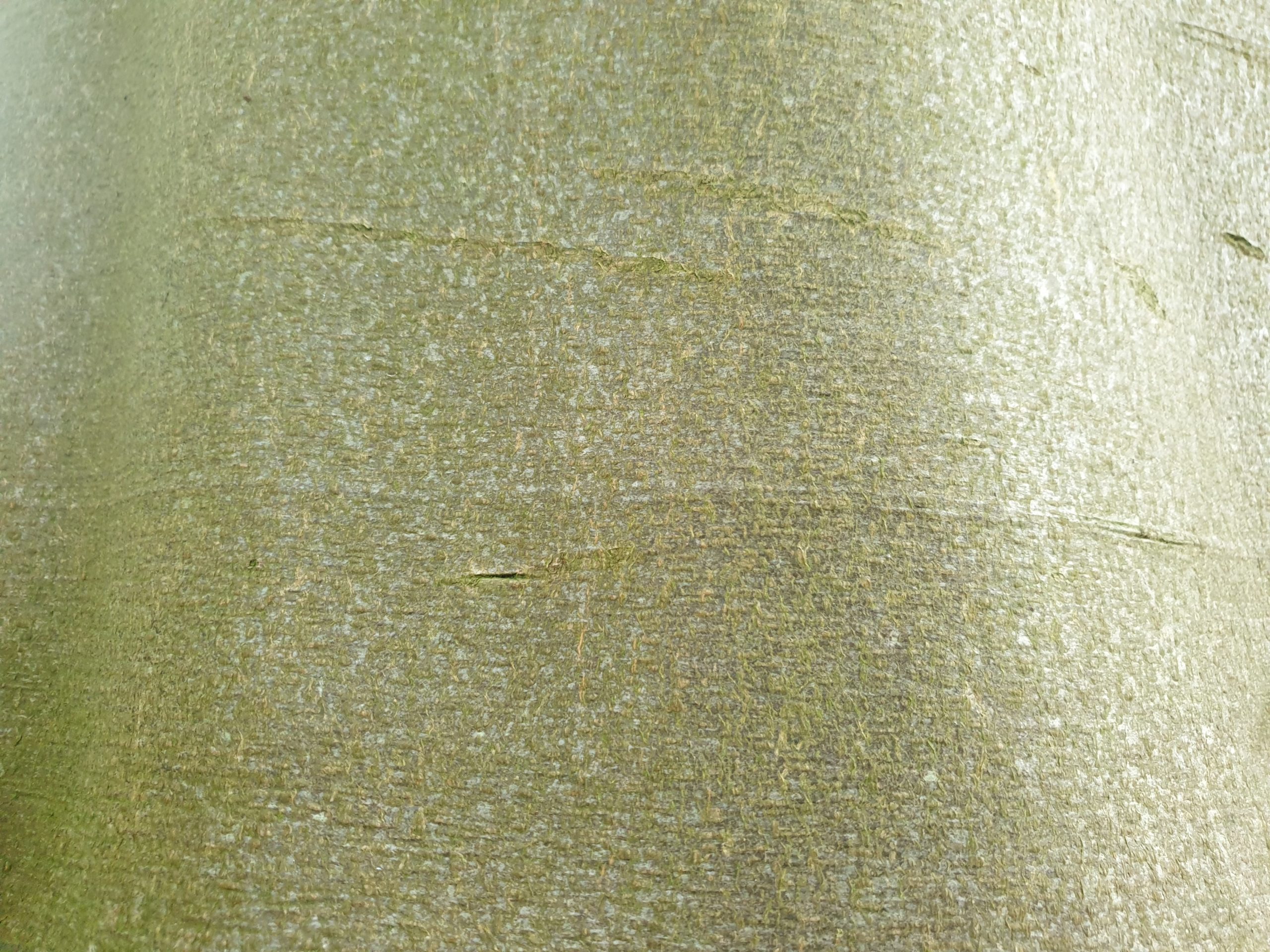How do we identify different trees?
By their type
It is helpful to work out whether a tree is broad-leaved or coniferous, as this can allow you to identify the species: Most broad-leaved trees are deciduous and shed their leaves in winter. The leaves of conifers are either needle-like or small and scale-like. They are normally present all year round. As always, there are exceptions to the rule; for example, holly is an evergreen broadleaf, and larch is a deciduous conifer.

By their leaves
What size, shape and colour are they? Are the edges of the leaves smooth or serrated (jagged)? Is the leaf itself smooth, rough or even hairy?

By their flowers, fruit or cones
These can also be useful, particularly if you aren’t sure which leaf you’re looking at. For example, Ash and Rowan have very similar leaves and are easily confused. In the summer, however, Rowan have clusters of bright red berries whereas the Ash have distinctive, pale, keys that hang down from the tree.
By their trunks
The bark of every tree is as different as its leaves! Silver birch are probably the most distinctive with their peeling silvery bark but all trees have their own features. A mature oak has thick, vertical cracks in its bark giving a very bumpy surface whereas a cherry can often be identified by the horizontal stripes on its surface. Beech is one of the smoothest mature trees.


However…
Trees of the same species can look quite different. This can be due to the environment that surrounds them. For example, an oak that has grown on its own in an open field may look different from one that has grown between other trees in a wood.
Leaves can vary even on the same tree, according to how much light is available to them. This means a tree typically produces ‘sun leaves’ and ‘shade leaves’. Sun leaves tend to be near the top of the tree and have the most exposure to light. They are smaller and because they have less chlorophyll, they are paler in colour and able to tolerate bright light without wilting. Shade leaves are situated in parts of the tree that receive less light, such as the lower branches. Shade leaves are larger and contain more chlorophyll, making them darker in colour. This helps them to absorb what little light is available to them.

